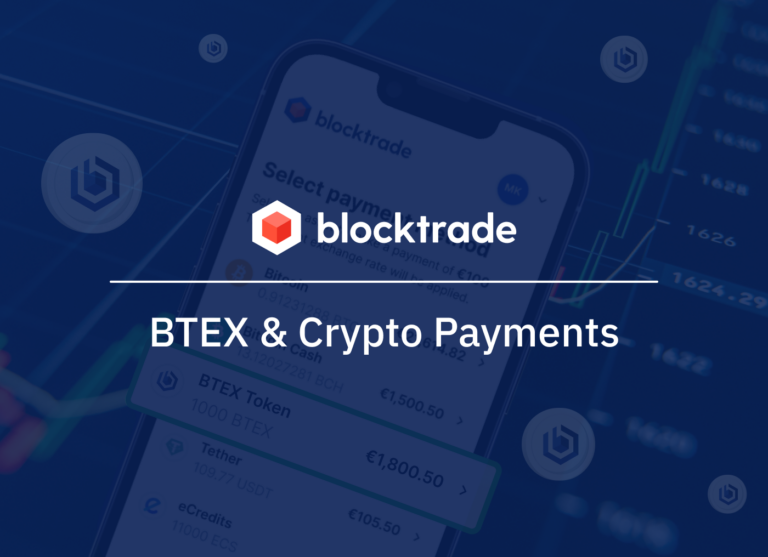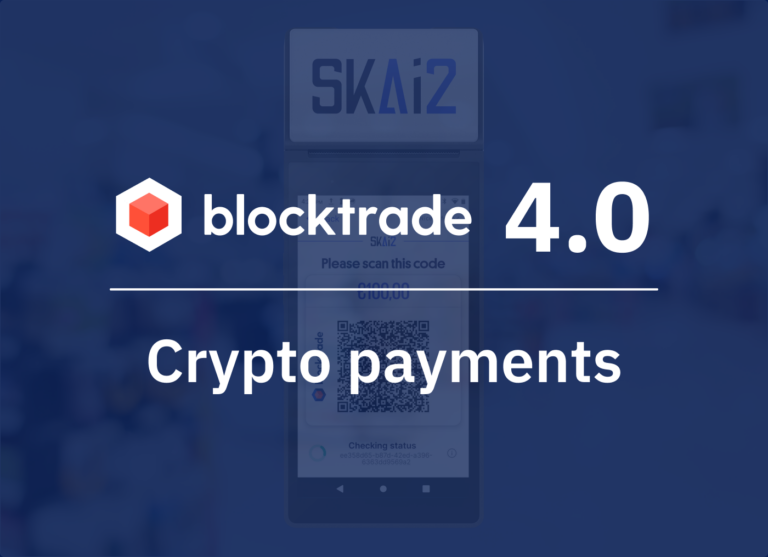Are you looking for the best cryptocurrency to invest in 2023? If so, you’re not alone. With over 90,000 altcoins listed on various crypto exchanges, it can be challenging to decide how to choose the best altcoin to invest in. There are many categories of coins from payment tokens, smart contract platforms, metaverse and gaming – you name it. However, heading to the crypto trading platforms and deciding what cryptocurrencies to invest in, it is essential to do your own research and learn how to decide which cryptocurrency to buy. In doing so, there are a number of features and aspects to look for.
In this article, we will provide you with a complete guide on how to invest in the right cryptocurrency by researching and selecting promising cryptocurrencies with potential. By following these steps, you can increase your chances of finding the best cryptocurrency to invest in 2023.
1. Introduction: Basic Principles
DYOR – Do Your Own Research
Let’s start with the basics. The most basic principle is always: DYOR – Do Your Own Research. Before you invest into any cryptocurrency, you need to do some fundamental research on the project, its use case, its team and founders, its token economics and the underlying technology (don’t worry, we cover them in more detail in this article).
If you’re wondering how to choose cryptocurrency that’s right for you, it’s essential to keep in mind that there are different ways to approach this. One approach is to consider the best penny cryptocurrency to invest in 2023 for short-term gains. This involves looking for coins with low prices and high potential for growth in a short period. However, it’s important to note that this approach can be more volatile and riskier than other approaches.
Focus on Long-term Opportunities
Another approach to consider when trying to decide which cryptocurrency to buy is to focus on long-term investment opportunities. This approach involves looking for coins with strong fundamentals, a clear use case, and a solid development team. By investing in such projects, you may benefit from steady growth over time.
You cannot outsource the task of researching and selecting the right cryptocurrency or delegate it to others. In fact, listening to coin tips from YouTube Channels, Media, friends, or family is one of the biggest mistakes crypto investors make. To become successful in crypto trading or investing, it’s crucial to take full responsibility for all your investments.
Combination of Methods
The responsible crypto investor recognizes that every approach has its upsides and flaws and will, therefore, seek to combine these approaches to make the best, most qualified investment decision. The best investors do thorough qualitative analysis on the coin and project, utilizing the factors we cover in this article and supplemented with a little qualitative technical analysis that looks at the historic price development.
With this out of the way, let’s look at various factors you can base your choice of coin on. By considering these factors and doing your own research, you can make an informed decision on the best cryptocurrency to invest in 2023 for short-term or long-term gains.
2. Market Capitalization
The market capitalization is the easiest feature for the coin selection, being solely based on one single number. The market capitalization is calculated by multiplying the total number of current tokens in circulation X the current market price of the token. Depending on their total market cap, coins are put into various categories, making comparison of cryptocurrencies even easier.
The following four categories are commonly used:
Large cap: > 5bn
Mid cap: 1-5bn
Small cap: 500mn-1bn
Micro cap: < 500mn
Why does market capitalization matter and what does it say about a coin? The higher the market cap, the lower generally its volatility over time. Moreover, the higher the market cap, the higher the liquidity, making it possible to enter and exit trading positions at any time. The lower the market cap, the higher the risk-reward-ratio usually is.
Crypto investments are never safe, but choosing a top 10 coin generally means you are investing in a well-vetted project with a reputable team and backed by prestigious venture capital firms and/or institutional investors.
3. Max Supply
We know from fiat currencies that their value depends on the total amount of money in existence, in other words their total supply. Basic economics tells us: “Scarcity creates value”. The more money and supply, the lower its value (all things being equal). This gets tricky when it comes to a cryptocurrency, as tokens are issued as per a release schedule over time.
Hence, there is a total supply and a max supply of tokens. The total supply describes the number of tokens currently in circulation, the max supply the total amount of tokens that would ever be issued in the lifetime of that coin. While the total market cap is based on current supply (total supply), the fully diluted market cap takes the max supply into account. Why does this matter? When evaluating if the current token price is attractive, judging by the market cap of the project, we must consider the total market cap vs. the fully diluted market cap.
What may look attractive and cheap at first sight, could prove to be highly inflated when considering the actual max supply in the fully diluted market cap. The bigger the difference between total supply and max supply, the more caution is warranted as future token release could lead to the depreciation of the current market price.
4. Whitepaper
White Papers have generally been technical documents in the IT field that describe a new technology, concept or solution in technical detail. In the crypto space, a whitepaper is usually a combination of a business plan and technical whitepaper put into one document, creating the one central and official resource where prospective investors can educate themselves on the project, its team, vision, goals, token economy and the underlying blockchain technology.
While a cryptocurrency whitepaper follows established best practices, it is not regulated, a non-verified document issued by the project itself (unlike regulatory-compliant, approved investment or fund’s prospectus). Hence, it must be critically evaluated and taken with a grain of salt. A professional crypto whitepaper should include elements like vision, team, technology, reputation, partners and advisors, token economy, use cases.
Vision: Does the whitepaper outline a clear vision for what its project should achieve and do for its users? How will users be helped?
Team: A whitepaper should list the most important team members with partners and link to their LinkedIn profiles. What is their track record? Do they have blockchain experience and relevant industry experience? What prior roles have they filled?
Technology: The whitepaper should clearly outline its underlying technology solution, especially if it introduces its own proprietary blockchain. What is blockchain architecture? What kind of notes exist, validate and secure the network? What consensus mechanism is used and how exactly does it work?
Partnerships and advisors: The best crypto projects have reputable partners and advisors that help get the project off the ground. Who are the early-stage investors? Who are key advisors and what is their track record, experience, qualification?
Token economy: What kind of token is being issued? What is the max supply as per release schedule of the token? What measures are to secure the token value? Is it inflationary or deflationary? What is the annual inflation rate? How are the funds being used? How is the token being used within the network to consume and earn?
Use cases: Numerous examples of typical users of the network should be given. The use case described needs, problems, solutions, and benefits of the user. It also highlights why and how these users utilize the project to open networks. The more detailed the better, showing the team has really thought this project through.
Technology: A crypto project is based on blockchain technology implemented in a specific way. A project should outline the technology in detail in its whitepaper, as technology can differ in factors like underlying infrastructure, consensus algorithm, token standard, and more.
Infrastructure: What are the underlying layers of the blockchain solution? Does it only include the main chain or also side chains? What kind of nodes make up the network, e.g., validator notes, supervisory nodes, etc? How is the network being secured? How does the network scale?
Consensus algorithm: How do nodes in the network agree on the validity of submitted transactions? Decentralized networks utilize a consensus algorithm like proof of work (PoW; e.g., Bitcoin), proof of stake (POS, e.g., Solana, Cardano) or proof-of-authority (PoA) or others in order to confirm the validity of transactions.
Token standard: On what blockchain was the token issued? ERC20, ERC721 (Ethereum blockchain), BEP 20 (Binance Smart Chain), TRX-20 (Tron blockchain) or others? The underlying platform has implications for the cost of transactions, efficiency, scalability and more.
Most altcoins are still ERC20 tokens, but this could entail high gas fees for transactions.
“But I’m not a techie!” you may say. “How am I supposed to understand all of this technology?” you worry. You don’t! That is the good news. You don’t have to understand the technology to its fullest degree. But you have to understand the fundamentals.
There is no way around that. You can’t expect to “make a killing in crypto” without educating yourself on the basics of cryptocurrencies and blockchain. The good news is we have a vast number of articles and resources that teach you all the basics you need to know.
For starters, you should definitely read our guide on NFTs, smart contracts, crypto wallets, wallet keys & addresses and the double spending problem.
Conclusion
Investing in the cryptocurrency market can be overwhelming, especially with the abundance of options available. However, taking the time to research and understand the factors that impact a coin’s value is crucial. By following the basic principles of DYOR (Do Your Own Research) and combining different approaches, you can make the most qualified investment decision. When evaluating which cryptocurrency to invest in, consider factors like the team, technology, and use case outlined in the project’s whitepaper. This can help you determine the best cryptocurrency to invest in 2023, whether you’re looking for a short-term or long-term investment. With the right research, you can identify the best penny cryptocurrency to invest in 2023 or even how to choose which altcoin to invest in. Remember, choosing the right cryptocurrency to invest in is crucial, so make sure to invest in the right cryptocurrency that suits your investment goals and strategy. To find out more information regarding the best crypto investments check out:
Cardano (ADA) Price Predictions
FAQ
How can I choose the right cryptocurrency to invest in?
To choose the right cryptocurrency to invest in, you should do your own research, evaluate the team and partners behind the project, consider the use cases and underlying technology, and read the crypto project’s whitepaper.
What is the best cryptocurrency to invest in 2023?
It is difficult to predict the best cryptocurrency to invest in for 2023 as the market is always subject to change. It’s important to conduct thorough research and analysis before making any investment decisions. Start buy checking out our price prediction articles like The XRP’s Price Prediction.
What is the difference between a penny cryptocurrency and a regular cryptocurrency?
A penny cryptocurrency refers to a cryptocurrency that has a low price per unit, often less than a dollar. Regular cryptocurrencies can have a higher price per unit and may be more established in the market.
How can I invest in the right cryptocurrency for short-term gains?
To invest in the right cryptocurrency for short-term gains, you should consider conducting technical analysis of the coin’s price development, in addition to the qualitative analysis of the team, use case, and underlying technology. It’s important to keep in mind that short-term investing can be risky and volatile.







